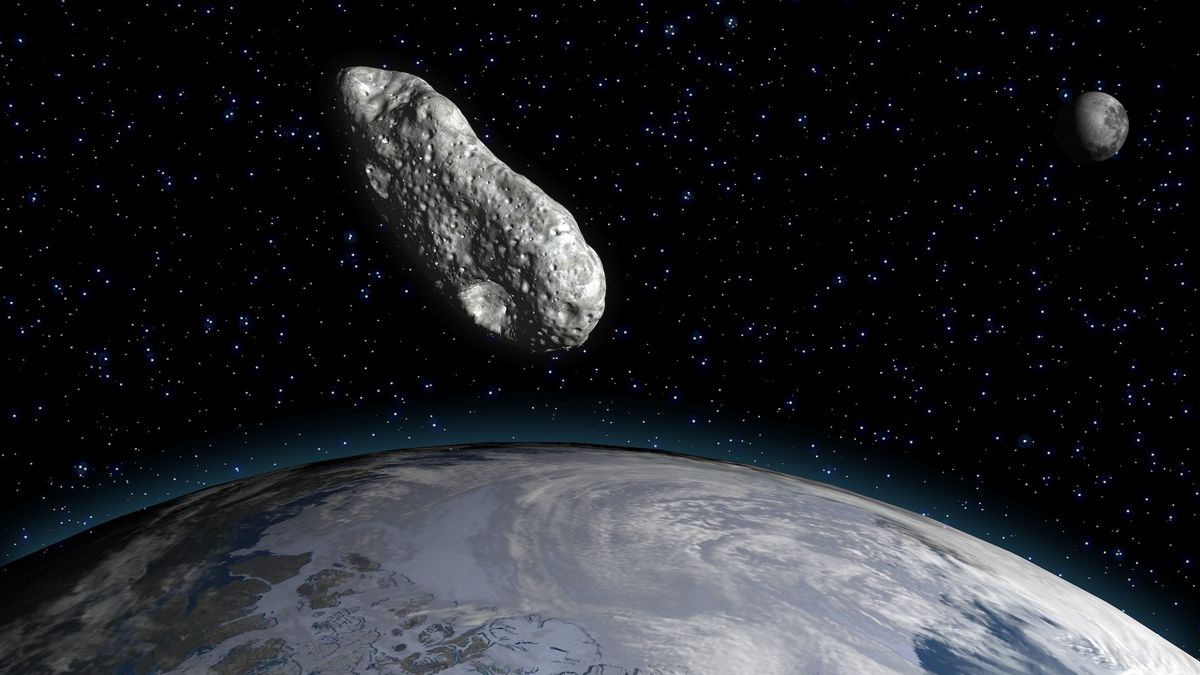Time: 2024-06-30
Two asteroids are currently on the radar of stargazers this week - one the size of Mount Everest and another set to pass closer to Earth than the moon, just days before Asteroid Day. The massive asteroid named 415029 (2011 UL21) will pass by Earth on Thursday, with a closest point of over 4 million miles away, larger than 99% of near-Earth asteroids. Another asteroid, named 2024 MK, will pass within the moon's orbit of Earth, about 180,000 miles away and is observable with a small telescope from clear, dark skies on Saturday.
Astronomers in South Africa recently spotted 2024 MK, although it is smaller in size compared to the asteroid passing by Thursday, it could still cause considerable damage if it were to hit Earth. The newly discovered 2024 MK is comparable to Dimorphos, an asteroid about 7 million miles from Earth, which was the subject of humanity's first-ever successful planetary defense test two years ago. NASA successfully crashed a spacecraft into Dimorphos, altering its orbit by 32 minutes, demonstrating the possibility of diverting a potentially deadly asteroid headed towards Earth.
The close approach of 2024 MK is significant as it comes just days after the asteroid 2011 UL21 passed by Earth. Measuring between 1.1 and 2.4 miles wide, this mountain-sized object flew by at 4.1 million miles from Earth, the largest asteroid to come this close in 110 years. Despite the ample distance from Earth, the passage of 2011 UL21 was a notable event observed by stargazers.

The potentially hazardous asteroid 2024 MK is estimated to measure about 480 feet across and will pass within roughly 184,000 miles of Earth, posing no threat due to its orbit trajectory. NASA classifies it as a potentially hazardous asteroid due to its large size and orbit. The asteroid is expected to zoom back out towards the asteroid belt between Mars and Jupiter after its close approach to Earth and the moon. NASA closely monitors the orbits of over 35,000 near-Earth objects, ensuring there are no known asteroids posing a threat to our planet for the next century.